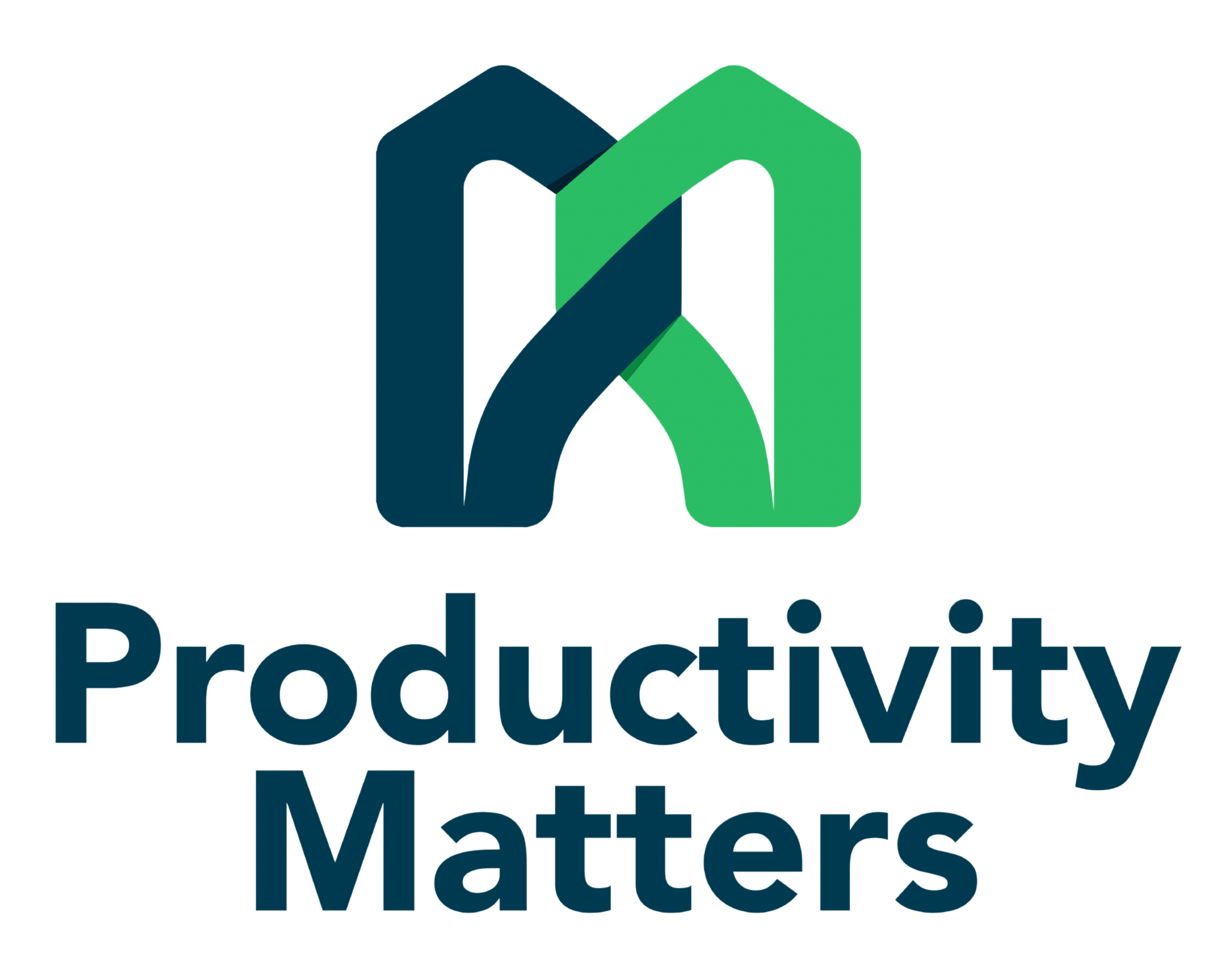According to research by the World Economic Forum, the last two years have been the most stressful for over 70% of us.[1] Pandemic pressures have led to elevated mental and physical stress and burnout. Harvard Business Review affirms that months and months of higher workloads, hiring freezes, new ways of working, and other pressures have also caused many to rethink their work and life goals.[2] This was the catalyst for the ‘Great Resignation’, a tidal wave of people leaving their roles and pivoting into new jobs globally.
Australia is no exception. Peer-reviewed research has found that almost 80% of study participants reported that their mental health had worsened since the start of the pandemic, with over half saying it had worsened a little, while a quarter said it had deteriorated a great deal.[3] Insights from the 2020-2021 National Study of Mental Health and Wellbeing by the Australian Bureau of Statistics supported this. It revealed that 15% of Australians aged 16-85 experienced high or extreme levels of psychological distress; women are more likely to experience these levels (19% compared to 12% of men), and a higher percentage (20%) of the younger age group (16-34 years) is more likely to experience this distress.[4]
In terms of employment, over 10% of the Australian workforce quit their jobs in 2021, which is roughly 1.3 million people, according to the Australian Bureau of Statistics.[5] This is the highest rate of job change since 2012.
So, what is the solution to these increased levels of stress and job dissatisfaction? A report by the United Nations Development Programme has emphasised that employers now consider the physical and health impacts of the pandemic when reimagining future work models.[6] It’s part of a global movement that emphasises employees’ mental health, and progressive governments and companies are leading the charge.
Your employees’ mental health is a priority for workplace safety
This context provides the motivation for these new Chapter 5A OHS regulations. According to Engage Victoria, these proposed regulations will strengthen occupational health and safety frameworks and will recognise that hazards that pose a risk to psychological health are no less harmful to workers’ safety and wellbeing than physical hazards.[7] They also provide more precise employer guidance on their obligations to protect workers from mental injury. These regulations focus on psychosocial hazards, which are the factors in the design or management of work that increase the risk of work-related stress and can lead to psychological or physical harm.
Currently, WorkSafe Victoria is revising the comments on the proposed amendments, and it’s planned to be released in July. It’s no longer a matter of if but when these new regulations will become official.
How will these new regulations affect your business?
The two most crucial questions here are: how will these new rules affect your business, and what should you do to prepare? All employers will have an enforceable duty to identify and control risks associated with psychosocial hazards. This includes having a written prevention plan and providing regular reports and assessments. It will also require employers to report any complaints of bullying, sexual harassment, unreasonable job demands, aggression, or violence. For all the details of the Chapter 5A OHS regulations, read this story that shares the second exposure draft.
What can you learn from our previous successes?
Productivity Matters has recently helped three large employers in Victoria successfully prepare and adapt to these new regulations. Here are several lessons we learned in future-proofing their companies against these new proposed laws:
- There are psychosocial hazards in your business that you’re not aware of.
We obtained valuable insights across all three projects, and this covered the hazards we predicted along with new ones that we identified for the clients. If companies don’t undergo a rigorous analysis, these hazards will be missed or will only be identified once complaints are made. Here are some examples of critical psychosocial hazards that most companies miss:
- ineffective systems of work,
- poor change management,
- unreasonable job demands,
- faulty work design,
- poor supervisor support,
- a lack of job clarity.
Here is an extended list of possible psychosocial hazards.
- You need bespoke risk controls with input from all employees.
One of the biggest mistakes is when companies only focus on contributions from higher management. It also can’t rely solely on the input of the Workplace Health & Safety teams. By surveying and interviewing a broad cross-section of employees, you’ll uncover more psychosocial risks and create a more thorough prevention plan. - Success relies on higher awareness across the company.
Like the previous lesson, this process can’t be left solely to the WHS teams; it requires workshops that include representation from all departments and management levels, including the C-suite and executives. The more aware your workforce is, the more likely you are to minimise psychosocial risks. - These processes will provide a return on investment.
All three clients have reduced the human and financial costs of psychosocial harm or injury and earned the peace of mind that they’re ahead of the curve.
What are the benefits of making your employee mental health a priority?
Having healthier, happier employees will always be the greatest motivation, but there are other potential benefits in supporting the mental health of your workers.[8] Here’s a breakdown of some data collected from SafeWork Australia and WorkSafe Victoria, along with other sources:
- It can improve workplace productivity.
Research shows that nearly 86% of employees treated for depression report improved work performance. Treatment of depression has also been shown to reduce absenteeism and presenteeism by 40 to 60%.[9] According to the World Health Organisation, depression and anxiety are estimated to cost the global economy US $1trillion in lost productivity.[10] - It can reduce illness.
According to the National Alliance on Mental Illness in the United States, rates of cardiovascular and metabolic diseases are twice as high in adults with serious mental illness.[11] By uncovering mental health issues earlier, employers can help prevent and pre-emptively treat these kinds of disease. - It can cut down on mental health claims.
These can be the costliest claims due to their longer duration. Case in point: in Victoria, the average claim for mental injury in 2020 was over 37 weeks – more than double the average duration for other injuries. The average cost of a mental injury claim is $220,000, more than double the average cost of non-psychological claims. The typical time taken off is 15.3 weeks compared to 5.5 weeks for all other claims. - It will prevent future costs and penalties.
Claims for mental injuries in Victoria between 2017 and 2019 increased by 20%, and WorkSafe Victoria forecasts that claim numbers for mental injury will continue to grow over the next five years. According to WorkSafe Victoria, you should expect an increased focus by regulators on the investigation and prosecution of psychosocial hazards and injuries.[12] - It can improve employee retention.
In a survey of over 1,500 employees, more than a third of the respondents said they left a job due at least in part to mental health. Of this third, 59% said mental health was the primary reason.[13]
While there are costs behind setting up new procedures to prepare for this new legislation, they can be offset by the improvements in employee productivity and the reduction in mental injury claims.
What are your next steps?
It starts with a thorough gap analysis of your current OHS and WHS structures. We’ll help identify the biggest challenges and drive awareness through the business. Then we will help you craft custom WHS (Psychological) processes and controls, draft a customised prevention plan, and set up a reporting structure in line with the regulations.
Start a no-obligation conversation now by emailing us here or calling us on 0488 110 806.





